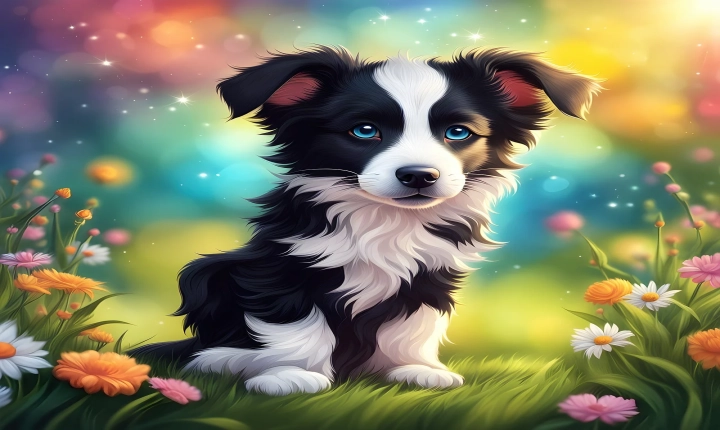Title: How to Enhance Images with AI Technology
In today’s digital age, the use of artificial intelligence (AI) has revolutionized the way we interact with images. From enhancing resolution to generating realistic visual effects, AI technology has opened up endless possibilities for elevating the quality of images. Whether you are a photographer, a designer, or simply someone looking to improve the visual appeal of your pictures, learning how to use AI to enhance images can be invaluable. In this article, we will explore various techniques and tools that can be utilized to harness the power of AI for image enhancement.
1. Upscaling and Super-Resolution
AI-powered image upscaling algorithms, such as those using machine learning models like Super-Resolution Generative Adversarial Networks (SRGAN), have the ability to enhance the resolution and quality of images. These algorithms work by predicting fine details and textures that are not visible in the low-resolution image, resulting in a sharper and more detailed final output. Tools like Topaz Gigapixel AI and Adobe Photoshop’s “Preserve Details 2.0” feature incorporate AI to increase the resolution of images without compromising quality.
2. Noise Reduction and Image Denoising
Images captured in low-light conditions or high ISO settings often suffer from noise, which can degrade the overall quality of the image. AI-based denoising algorithms, such as those found in software like DxO PhotoLab and Topaz DeNoise AI, use machine learning models to effectively reduce noise while preserving important details in the image. These tools analyze the image to differentiate between noise and actual image content, resulting in cleaner and more visually appealing photographs.
3. Style Transfer and Artistic Effects
AI can be used to apply artistic effects, transform the style of an image, or emulate the appearance of famous artwork. Style transfer techniques, popularized by algorithms like Neural Style Transfer, allow users to apply the characteristics of one image (e.g., a painting) to another image. Platforms like DeepArt and Prisma utilize AI to apply artistic styles to photographs, giving them a unique and visually striking appearance.
4. Photo Retouching and Object Removal
AI-driven image editing software, such as Adobe Photoshop and Skylum Luminar, incorporate features that leverage machine learning to intelligently retouch images. These tools can automatically enhance skin tones, remove blemishes, and even seamlessly remove unwanted objects from photographs. By using AI’s ability to understand image content and context, these tools make retouching and editing tasks more efficient and effective.
5. Image Generation and Augmentation
AI technology can also be used to generate realistic images from scratch or augment existing images. Generative Adversarial Networks (GANs), a class of machine learning models, have been employed to create lifelike images of non-existent scenes, faces, or objects. Additionally, AI can be used to upscale images, inpaint missing parts of an image, or augment existing images with added visual elements.
In conclusion, the integration of AI technology into image enhancement processes has significantly broadened the capabilities of visual content creation and manipulation. Its ability to analyze and process large amounts of data has led to the development of sophisticated algorithms that can elevate the quality and aesthetics of images. As AI continues to advance, we can expect even more powerful tools and techniques to emerge, further expanding the possibilities for enhancing images in ways we never thought possible. Embracing AI as a valuable tool for image enhancement can provide photographers, designers, and creators with the means to achieve their artistic vision and produce stunning visual content.
